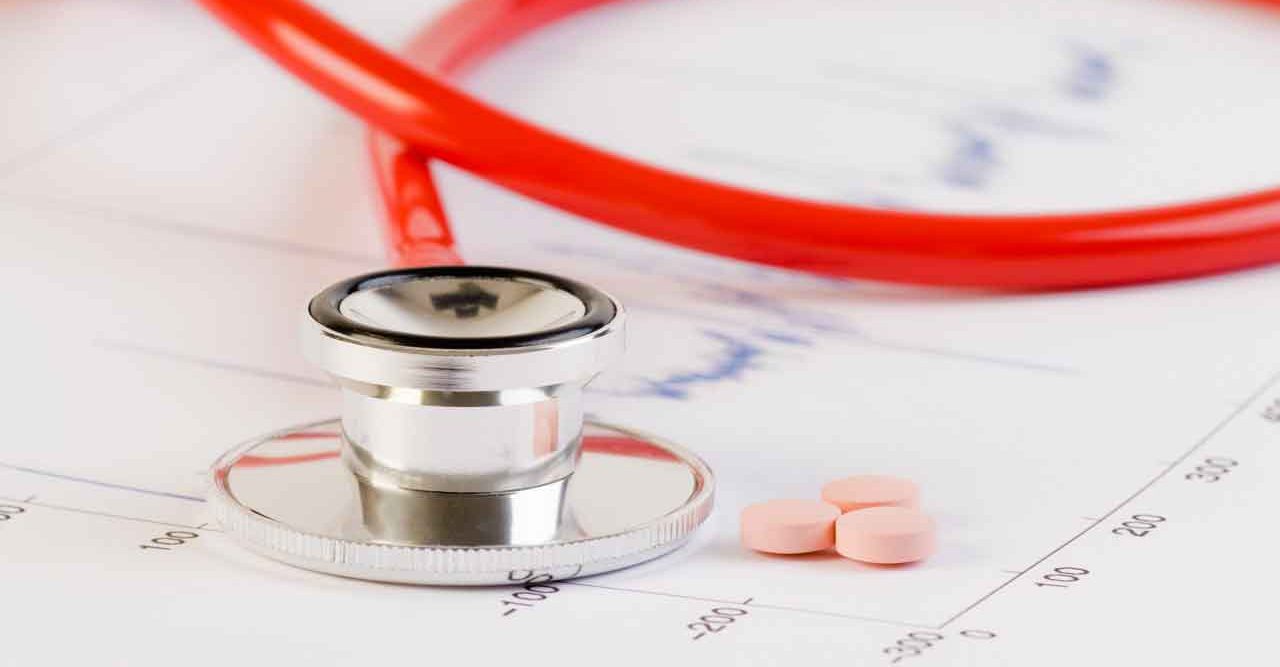Do You Really Need A Statin?

Maybe not, and a simple test will tell you.
A scan called a coronary artery calcium (CAC) screening, which costs between $75 and $100, can save you from taking a drug unnecessarily.
YOU MIGHT ALSO LIKE: The Fanciest Checkup Ever
What is a statin?
Millions of Americans take drugs called statins to lower their LDL cholesterol levels and prevent heart disease. Atorvastatin (Lipitor) is among the best known; others in the group include extended-relase lovastatin (Altoprev), rosuvastatin (Crestor), fluvastatin (Lescol), pitavastatin (Livalo), lovastatin (Mevacor), pravastatin (Pravachol), and simvastatin (Zocor).
Statins work by altering how your liver produces cholesterol, so you end up with less LDL throughout the body. One large study suggested that statins are most helpful for people from families with a history of high LDL cholesterol.
The goal is a total cholesterol level below 200 mg/dL. Your LDL should be below 100 mg/dL, and your HDL, or “good,” cholesterol should be above 60 mg/dL.
Can you lower cholesterol naturally?
Although the risk of the drug is low, you can lower your heart disease risk through diet and exercise, and you may not actually need medicine to lower your cholesterol if tests show you don’t have heart problems. In one study, led by Khurram Nasir, MD, of Baptist Health South Florida in Miami, researchers found that more than 40 percent of patients who would have been recommended for moderate- or high-intensity statin therapy based on the 2013 American College of Cardiology/American Heart Association (ACC/AHA) clinical guidelines had no plaque in their arteries and a much lower risk of a heart attack or stroke than expected.
YOU MIGHT ALSO LIKE: Signs a Heart Attack Is on Its Way
The statin guidelines have moved away from LDL cholesterol targets to focus on risk, expanding the number of possible candidates. The people who could benefit most from a CAC screening as well are patients who fall in the middle of the pack under the guidelines, with a 10-year risk of heart disease estimated at 5 to 20 percent. For example, the guidelines recommend a statin for a patient with an estimated 12 percent risk of having a stroke or heart attack within 10 years. But according to this study, half of them would have a CAC score of zero — in other words, no signs of plaque — which lowers their risk of cardiovascular disease on average to only 4 percent.
Patients who get the CAC screening and don’t show signs of plaque usually opt not to take a statin.
Side effects of statins
The drugs do have possible side effects. The most common is muscle pain, usually mild. The Food and Drug Administration (FDA) has been investigating reports of memory loss, forgetfulness, and confusion caused by statins; however, the reports are rare, and the symptoms went away within a few weeks when the patient stopped the drug, the FDA reports. Some of the reports came from people who had been taking the drug for years. Statins are also linked to higher blood sugar levels and a greater risk of developing diabetes. There are rare cases of liver damage and interactions with other drugs that cause muscle pain. Women, people over 65, and people who drink alcohol daily are more likely to run into problems.
But if you and your doctor think a statin is your best strategy to avoid heart disease, these risks are less important than that goal.
With or without a statin, you still need to eat right and exercise. To fight heart disease, the American Heart Association recommends at least 150 minutes of moderate physical activity or 75 minutes of vigorous physical activity — or an equal combination of both — each week. Eating a variety of fruits and vegetables, whole grains, fish and poultry, nuts and beans, and olive oil will also protect you.
Updated:
March 02, 2020
Reviewed By:
Christopher Nystuen, MD, MBA